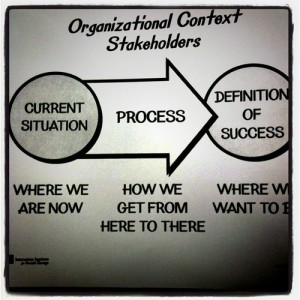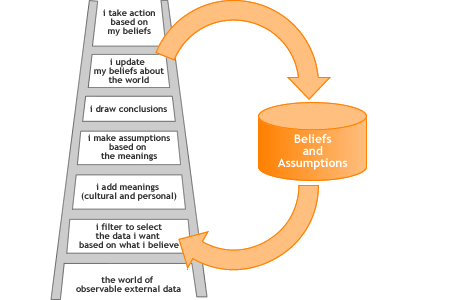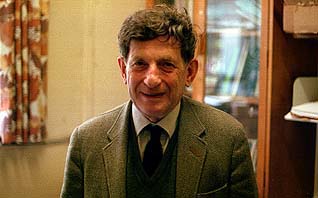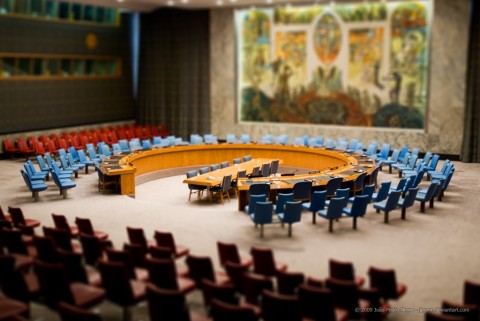Posted in Liberation
September 20, 2013

The following is a letter by Akaya Windwood, President of the Rockwood Leadership Institute and member of the IISC Board of Directors. We hope you enjoy it as much as we did and don’t forget to join the conversation!
We’ve been in the process of setting our direction here at Rockwood. We’re looking at our purpose, our vision, and how we will fulfill our commitments to the world. It’s been an enlivening and satisfying exploration, and as a result, it has become clear that I need to radically shift my role from one of internal management to external relationship building.
Read More
August 20, 2013

The following pst has been reblogged from our dear friend Adrienne Maree. We hope you enjoy it as much as we did.
Adrienne Maree Brown outlines core principles to live by. I find these powerfully resonant and I continue to invite us into greater intentionality in our practices for creating a new world. Read More
June 25, 2013

I’m sharing another great piece from my dear friend Adrienne Maree Brown. I am absolutely moved by the way she speaks of emergence. She is spot on. As you read, I encourage you to remember that evolution “transcends and includes.” There are aspects of our industrial paradigm that can and should be included as we move towards working with emergence. How can you apply what Adrienne is talking about?
Read More
February 12, 2013

The following comments was posted by Gibran as a response to Curtis Ogden‘s Collective Impact and Emergence blog post. In it we are challenged to think beyond our institutions and think about how to truly impact the communities we work with.
This is excellent Curtis. It brings me back to one of our most important inquiries – how do you nurture the conditions for emergence? With this inquiry, we are not just saying that emergence happens; we are saying that our best approach is to nurture it. It is a significant shift from a more top-down technical approach.
Read More
February 6, 2013

I have appreciated the growing literature around what has been called “collective impact.” These writings from staff at FSG have certainly helped people around the country engaged or aspiring to engage in collaborative multi-organizational change work to develop shared language around some of the important underpinnings of walking this path. I have also voiced some concerns about what is NOT mentioned in these writings, including some of the critical process elements and experiences that are core to this work.
So I am heartened that in their most recent installment, “Embracing Emergence: How Collective Impact Addresses Complexity,” the authors recognize that Collective Impact is not simply a recipe to be followed and that its unique unfolding is part of its power. Read More
January 30, 2013

My colleague Cynthia and I are in the midst of delivering IISC’s newest course, Fundamentals of Facilitation for Racial Justice Work, here in Springfield, Massachusetts. Together with a group of dynamic and committed change agents, we are engaged in hands-on exploration of a variety of process and content tools so that we are able to better serve as facilitators towards the ends of racial equity and justice. Part of our discussions today will focus on how we can maintain our center amidst triggering situations and use our identities to advance the work. Read More
April 13, 2012

I am a big fan of Seth Godin. But this particular post seems to be extra relevant! Those of us that are working for justice too often get caught up in the dead-end negativity he describes. But thankfully we are also at a moment of transition! And more and more of us are stepping boldly into the future with a passionate and resounding YES!
Read More
March 29, 2012
“A great many people think they are thinking when they are merely rearranging their prejudices.”
~ David Bohm

The great theoretical physicist David Bohm was known for his explorations at the intersections of science and mysticism. His writings on the nature of thinking have helped to inform some of the current conversations about deeper sources of innovation that transcend individuals and what typically passes for creativity. His question to all of us is whether we are truly thinking, creating “new sensory orders and structures that form into new perceptions,” or simply recycling old, dysfunctional patterns that are then reflected in the world we physically inhabit.
March 21, 2012
“Ontology transcends interest.”
-john a. powell

|Photo from fotologic|http://www.flickr.com/photos/fotologic/3108613104|
At last week’s Transforming Race conference, Kirwan Institute founder john a. powell gave a powerful and compelling presentation about some of the false binaries that he says we have embraced in this country, to our own collective detriment. This includes pitting “whiteness” against “blackness” and “public” vs. “private” spaces in such a way as to lose sight of the larger game that is happening around us. Read More
November 29, 2011

“Stamp [the facilitator] jumped up and down. Her voice was hoarse from three hours of yelling. ‘Everyone is beautiful!’ she shouted. ‘Everyone is awesome!’
That’s some hard core facilitation. I am struck, profoundly affected by, what is happening in our country. I am inspired. I am moved. I have a deep sense of resonance.
“[T]he point of Occupy Wall Street is not its platform so much as its form: people sit down and hash things out instead of passing their complaints on to Washington. ‘We are our demands,’ as the slogan goes.”
Read More
November 21, 2011

The Acting Steering Committee list reads like a who’s who among U.S. civil rights and social justice activists: James Lawson, Vincent Harding, Dolores Huerta, Nelson Johnson Joyce Johnson, Mel White, John Fife, Phil Lawson, Arthur Waskow, Grace Lee Boggs, Joan Chittister, George Tinker, Gwendolyn Zoharah Simmons, Bernice Johnson Reagan, Marian Wright-Edelman.
Read More
October 11, 2011

More than one hundred Occupy Boston activists were arrested last night for acts of civil disobedience. We stand in solidarity with this local expression of the growing national effort to expose the economic injustices that have come to plague our democracy. Please contribute legal aid to Occupy Boston – donate here.











